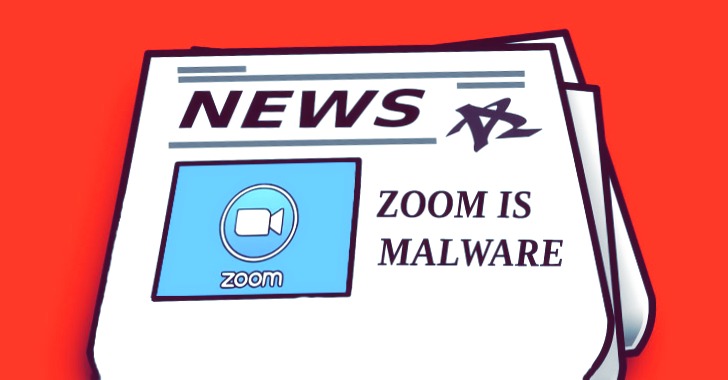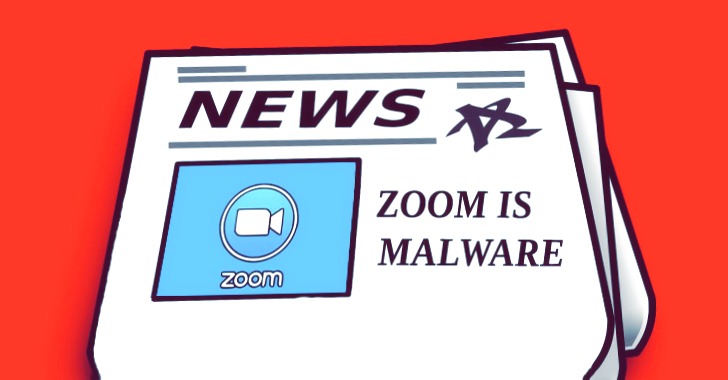
Over the past few weeks, the use of Zoom video conferencing software has exploded ever since it emerged the platform of choice to host everything from cabinet meetings to yoga classes amidst the ongoing coronavirus outbreak and work from home became the new normal.
The app has skyrocketed to 200 million daily users from an average of 10 million in December — along with a 535 percent increase in daily traffic to its download page in the last month — but it’s also seen a massive uptick in Zoom’s problems, all of which stem from sloppy design practices and security implementations.
Zoom may never have designed its product beyond enterprise chat initially, but with the app now being used in a myriad number of ways and by regular consumers, the company’s full scope of gaffes have come into sharp focus — something it was able to avoid all this time.
But if this public scrutiny can make it a more secure product, it can only be a good thing in the long run.
A Laundry List of Issues
Zoom’s rapid sudden ascendance as a critical communications service has led to it drowning in a sea of privacy and security flaws.
But is Zoom a malware?
As the Guardian reported, some experts believe…
http://feedproxy.google.com/~r/TheHackersNews/~3/YQQ7Tzj3lVY/zoom-cybersecurity-hacking.html











